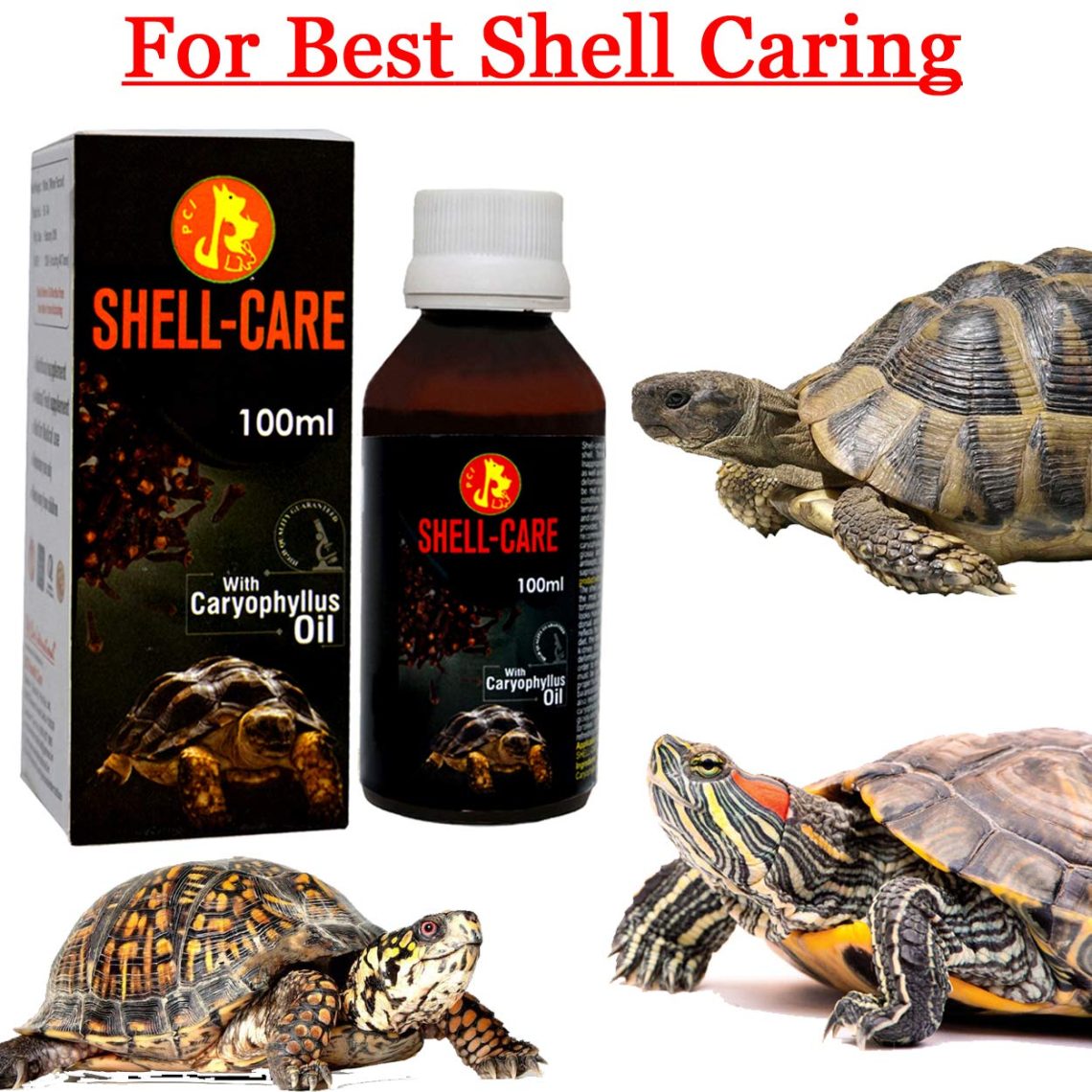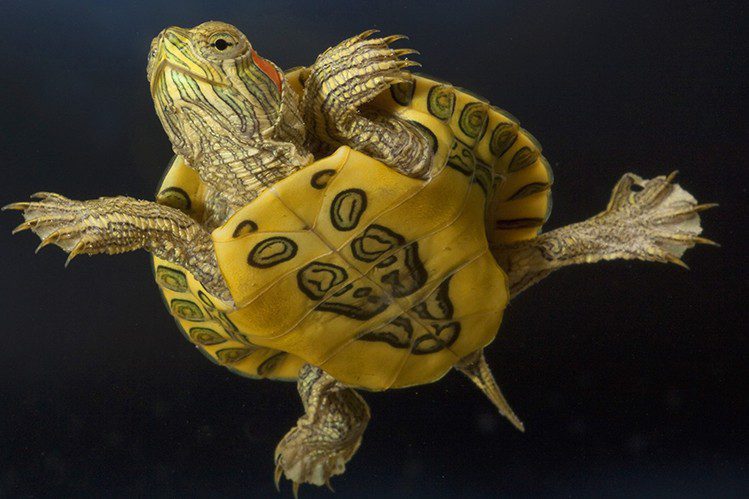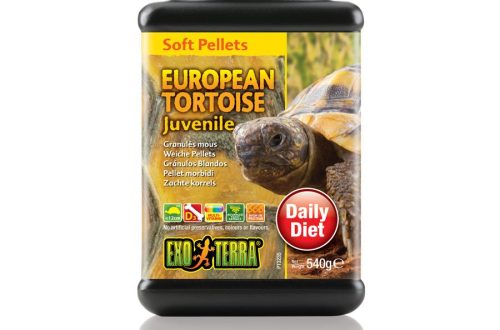
Turtle shell care
The shell is a reliable “armor” of turtles, which in nature saves their lives more than once. Not every predator can cope with a strong shell, but its “impenetrability” cannot be overestimated. We will talk about the features of the shell in land and aquatic turtles and caring for it in our article.
Did you know that, contrary to stereotypes, the tortoise shell is riddled with many nerve endings and is very sensitive? It is a mistake to believe that if you drop a turtle or hit hard on the shell, its integrity will remain the same. On the contrary, under improper conditions of detention, cracks and wounds often appear on the shell, threatening not only health, but also the life of the pet.
It is important to understand that the shell is not a shield or armor that can be replaced in the event of a “breakage”, but an integral part of the turtle’s skeleton. The dorsal shield of the shell (carapace) grows together with the processes of the vertebrae, and the abdominal shield (plastron) is a modified fused abdominal ribs and collarbones. The dorsal and abdominal shields are also interconnected: by a tendon ligament or a bone jumper (depending on the type of turtle). By the way, the shell consists of bone plates, which in fact represent a modified epidermis.
To maintain the health of the shell, first of all, it is necessary to monitor its integrity, i.e. eliminate the risk of injury. If you have small children at home, explain to them that you can’t knock on the shell, you can’t put rulers under it, etc. Do not let the turtle “walk” on the surface located at a height so that it does not accidentally fall. If there are other pets in the house (cats, dogs, ferrets, etc.), make sure that they do not harm the turtle.
If you find cracks or wounds on the shell, contact your veterinarian as soon as possible. Delay is life threatening!
Another important step is a balanced diet and the correct conditions for keeping the turtle. A lack of vitamins in the body and a lack of UV light can lead to softening, flaking and peeling of the shell. Turtle food should be of high quality, complete and balanced, and of course appropriate to the needs of the particular species. Also, one of the prerequisites for keeping both aquatic and terrestrial turtles is the presence of a UF lamp. It is necessary for good absorption of calcium and vitamin D3, which contribute to the health of the shell and bones.

In most cases, peeling and flaking of the shell has nothing to do with molting. The tortoise shell never sheds. In aquatic turtles, during the molting period, a slight peeling of the shell can be observed, but it is short-lived. In other cases, peeling indicates diseases (for example, fungal) and requires treatment. Contact your veterinarian.
Does the shell need to be cleaned? When it comes to land turtles, then, as a rule, periodic bathing and spraying with a spray bottle (more on this in the article “”) is more than enough to maintain shell hygiene. Contaminants that have appeared on the shell can be removed locally with plain water and, if necessary, soap (the main thing is to make sure that the soap does not get into the eyes and mouth of the pet).
There is a strange practice of rubbing the shells of tortoises with oils for shine and beauty. We strongly do not recommend doing this: such beauty is very quickly covered with dust and dirt, and this whole mixture will be an excellent substrate for all kinds of infectious pathogens.
An aquatic turtle is almost always in the water, and, of course, it does not need to be bathed. However, it is the owners of aquatic turtles who often face such a problem as the formation of algae on the shell. If there is little algae, there is nothing to worry about.
What factors influence the formation of algae? Among them: poor hygiene, dirty water in the aquarium, an excess of light, etc. If you encounter a similar problem, do not hesitate and contact a specialist. He will prescribe an agent for cleaning the shell and tell you how to adjust the conditions for keeping the turtle.
Careful care of your pet and timely visits to the veterinarian will help you maintain good health.
To know the enemy in person, read our article “”.
Take care of your pets!





